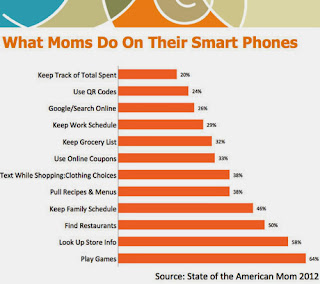Social networks expose us. They attach our names to our every photo and written thought. And we seem to kind of like it that way. We can't get enough of tooting our own horns.
Or can we?
There's a new social network in town that promises something the Facebooks and Twitters of the world cannot: anonymity. Whisper is "a FREE, anonymous social platform for people who want to creatively share and connect with others over experiences, feelings, thoughts and dreams that they can't communicate anywhere else," according to a press release from the company.
The site allows users to post 'secrets' or thoughts anonymously, through the use of pictures with bold eye-catching quotes at the top, much like internet 'memes' – which are described as units for carrying cultural symbols or ideas that virally spread across the internet. So, people can "heart" and reply to your posts with their own stylized messages.
The sentiment on Whisper is serious and thought provoking, and the content is often the kind of thing individuals would not want to shout about in public. The look is similar to the long-running PostSecret website, but Whisper has features which make it more of a social network.
Whisper has 4 million devoted users — the average user opens the app eight times each day. In its two year history, the app has received 2.8 billion page views. Each day, hundreds of thousands of whispers are uploaded each day, which are filtered by a team of 70 full-time moderators located in Manila.
Although a deep secret written in a funky font over a provocative picture hardly classifies as a "whispering," there is something very provocative about being able to say what you feel without fear of judgment or scrutiny from your friends or family. Is this the next artsy step up from SnapChat or just another way of sending dirty pictures over the Internet? And this time to anyone and everyone.
Is this your new social network? Are you already on it? Comment below…
Or can we?
There's a new social network in town that promises something the Facebooks and Twitters of the world cannot: anonymity. Whisper is "a FREE, anonymous social platform for people who want to creatively share and connect with others over experiences, feelings, thoughts and dreams that they can't communicate anywhere else," according to a press release from the company.
The site allows users to post 'secrets' or thoughts anonymously, through the use of pictures with bold eye-catching quotes at the top, much like internet 'memes' – which are described as units for carrying cultural symbols or ideas that virally spread across the internet. So, people can "heart" and reply to your posts with their own stylized messages.
The sentiment on Whisper is serious and thought provoking, and the content is often the kind of thing individuals would not want to shout about in public. The look is similar to the long-running PostSecret website, but Whisper has features which make it more of a social network.
Whisper has 4 million devoted users — the average user opens the app eight times each day. In its two year history, the app has received 2.8 billion page views. Each day, hundreds of thousands of whispers are uploaded each day, which are filtered by a team of 70 full-time moderators located in Manila.
Although a deep secret written in a funky font over a provocative picture hardly classifies as a "whispering," there is something very provocative about being able to say what you feel without fear of judgment or scrutiny from your friends or family. Is this the next artsy step up from SnapChat or just another way of sending dirty pictures over the Internet? And this time to anyone and everyone.
Is this your new social network? Are you already on it? Comment below…













































